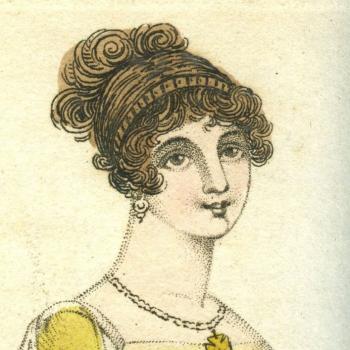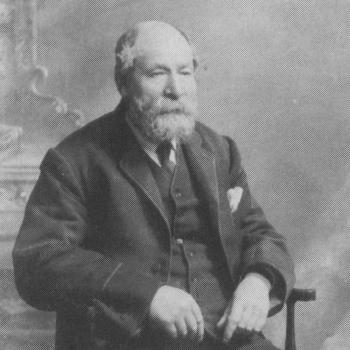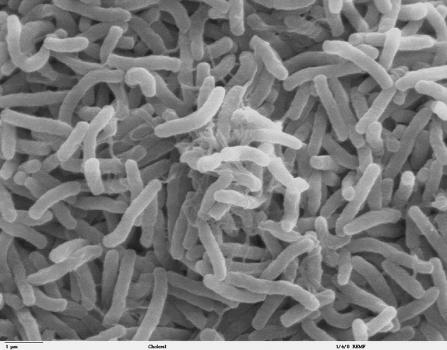21st April 2017
On 5 March 1862 Hugo made arrangements with his cook, Marie Sixty, for a repas des enfants pauvres to be served every week, ‘the meal will be the same as ours, we shall serve them, they will say as they sit down Dieu soyez beni and on rising Dieu soyez remercié.’ [Carnet, Quatrième agenda, Massin p. 1387.] His son Charles disapproved of the wording (see letter from Hugo to Charles, Massin p. 1388, 22 March 1862). Hugo followed the teaching of a French doctor that meat and a glass of wine were good for growing children—not a medical opinion that would be advocated today. The first such lunch took place on 10 March 1862 and thereafter they were held on a regular basis. There was a special meal at Christmas, when presents were distributed. These were often of a useful nature—items of clothing for example, but there were also toys. This is part of The Victor Hugo and Guernsey project.
19th April 2017
From the Gazette de Guernsey, January-September 1808, the spelling exactly as it was published. The 18th January was the occasion of a ball at the Assembly Rooms. The plate is dated October 1807 and is from the Library Collection.
12th April 2017
A lucky ticket, From the Gazette de Guernesey, 6 April 1822. A parody of a piece of puff for the Guernsey Lottery, the poem may be the work of Dr James Tupper - 'Monsieur Toupar' - who is known to have written light-hearted poems in Guernsey French.
23rd January 2017
October 1820. From a commonplace book in the Library, Flowers, from the Garden of Imagination. The compiler of the book is unknown, but there is a cipher on the flyleaf that appears to read 'FDC.' Another poem, To a Lady, is dated 'Guildford, August 2, 1817,' and has the legend, 'On her Friend's leaving Guildford for Ireland, where she is soon to join her.'
5th December 2016
Guernsey centenarians before Mrs Neve.
8th November 2016

A new digital project based upon the book, Victor Hugo's Guernsey Neighbours, by Gregory Stevens Cox, MBE, MA (Oxon), Ph.D. The publication of the book was timed to coincide with the Victor Hugo in Guernsey Festival which took place in Guernsey in May, 2016. From this festival was born The Victor Hugo in Guernsey Society. The Festival celebrated the 150th anniversary of the publication of Victor Hugo's great novel, Les Travailleurs de la mer, or Toilers of the sea, which with its references to actual people and localities demonstrates a detailed knowledge of and interest in the island, and an understanding and empathy for Guernsey's culture and inhabitants, unparalleled until the publication of G B Edwards' Ebenezer Le Page in 1981. Hugo was not only influenced by Guernsey in writing this novel, however, but absorbed everything around him in his new home, and the legacy of Guernsey can be detected in every aspect of his life and work. The intention of this project, hosted by the Priaulx Library, is that it should collect and examine that island influence, and we welcome any contribution.
31st October 2016
From Thomas Gosselin's Livre des domestiques depuis 1811, in the Library collection.
25th October 2016
In Guernsey in 1858 Victor Hugo became seriously ill with anthrax. It was apparently after recovering from this near-fatal illness that he was persuaded to grow a beard, as a protection for his throat; the first photograph of him sporting a beard was taken on 5 May 1861 on a visit to Brussels, during his trip to finish Les Misérables. For a while he allowed it to grow luxuriantly, but soon smartened it up and adopted the shorter beard now so familiar from photographs. Above is a portrait of one of Hugo's hairdressers, James Le Gallez, by kind permission of Ann Philippo. This is part of the Victor Hugo and Guernsey project. [By Dinah Bott]
18th October 2016
From Brouard's Guernsey Almanack of 1849, p. 51. Those marked with an asterisk were both boarding and day schools.
28th September 2016
The progression of the epidemic. From the Comet, Monday November 5, 1832.




